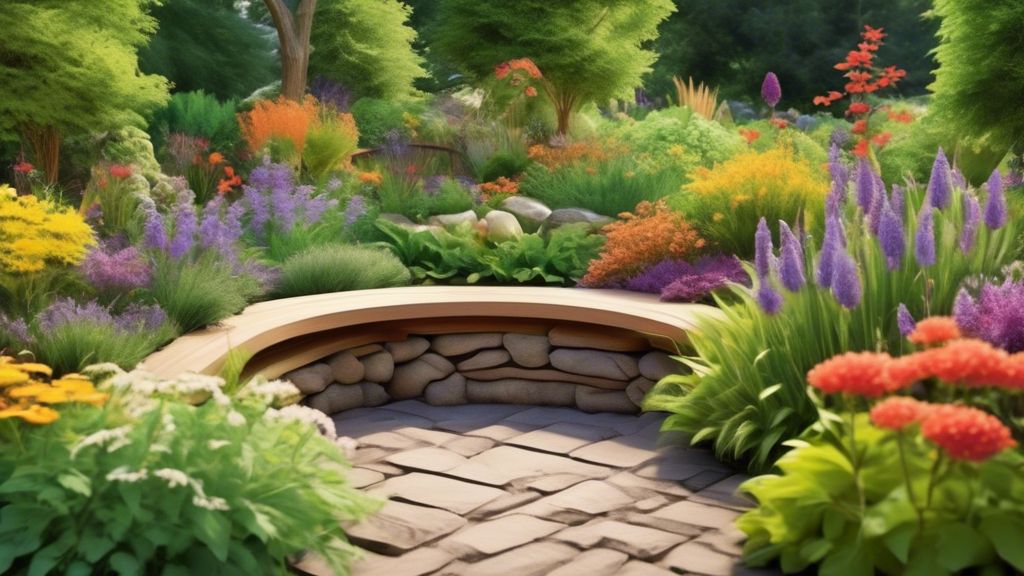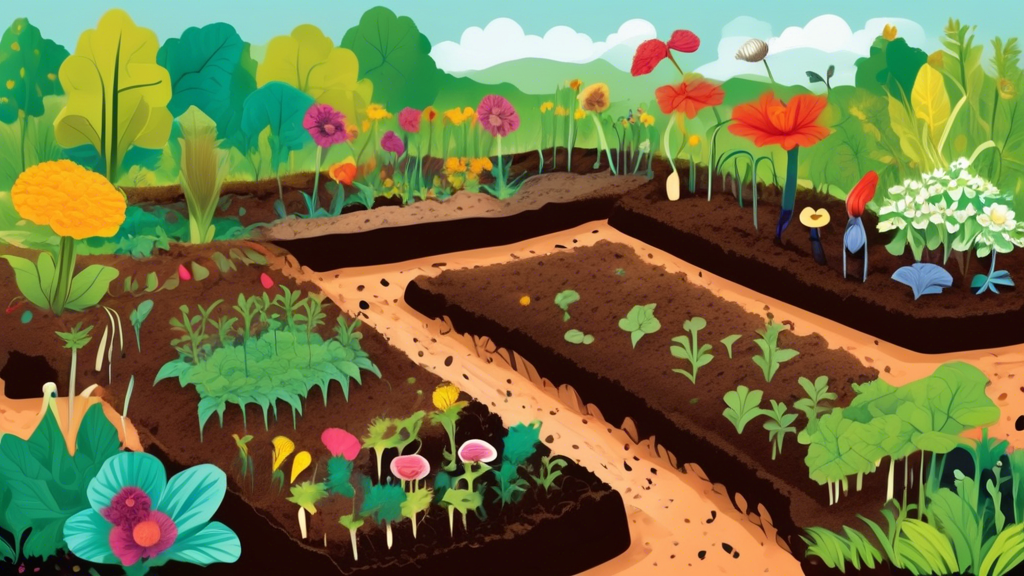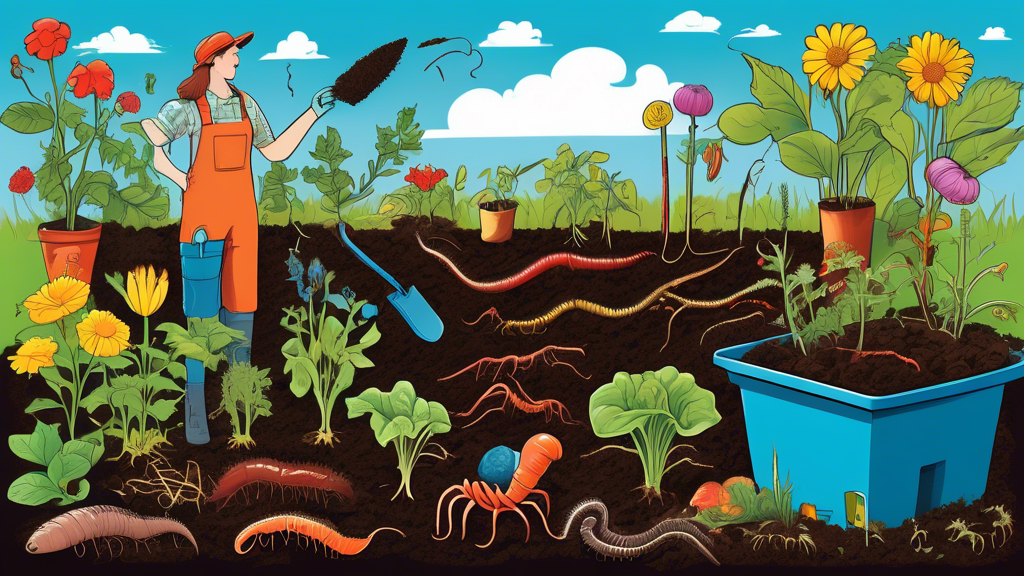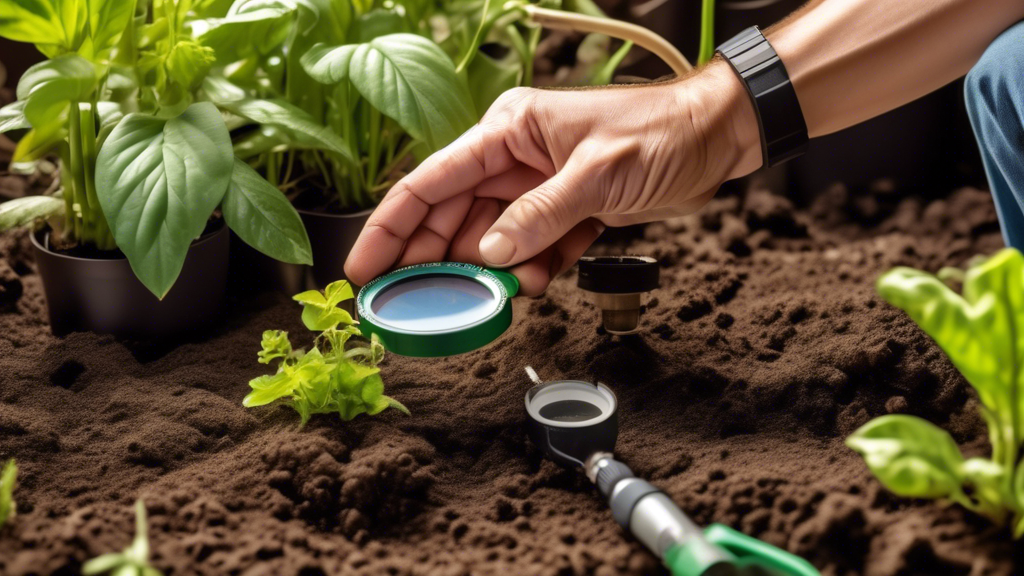
Gardening enthusiasts often face the formidable challenge of creating a lush, vibrant garden amidst increasingly unpredictable weather patterns and water restrictions. Enter drought-tolerant plants—a remarkable solution for cultivating a thriving garden even in the most arid conditions. These tenacious species not only survive but flourish with minimal water, offering beauty, practicality, and sustainability. By integrating drought-tolerant plants into your garden, you can enjoy a gorgeous, low-maintenance landscape while conserving valuable resources.
Drought-tolerant plants are designed by nature to excel in environments with limited water supply. Their unique adaptations, such as deep root systems, water-storing tissues, and reduced leaf surface area, make them both resilient and resourceful. These characteristics enable them to maximize water intake and minimize water loss, ensuring their survival in dry conditions. More than just a pragmatic choice, these plants offer a wealth of aesthetic and ecological benefits that significantly enhance any garden.
Opting for drought-tolerant plants is not just about addressing water scarcity. It’s also a proactive measure against the effects of climate change. As temperatures rise and rainfall becomes more erratic, creating a garden that can withstand these fluctuations is increasingly important. Moreover, these plants demand less time and effort from gardeners, thanks to their hardy nature and reduced need for frequent watering and maintenance.
Implementing drought-tolerant species into your garden aligns with the principles of sustainable landscaping. By reducing water usage and promoting biodiversity through the inclusion of native and adaptive plants, your garden can become a sanctuary for local wildlife while contributing to the ecological balance. This mindful approach not only conserves resources but also creates a resilient, year-round garden that can endure varying weather conditions.
Embracing drought-tolerant plants opens up a myriad of possibilities for your garden. From hardy succulents like Aloe Vera and Sedum, to aromatic Mediterranean herbs such as Lavender and Rosemary, and adaptable native perennials including Black-Eyed Susan and Purple Coneflower, the options are diverse and delightful. Ornamental grasses like Fountain Grass and Blue Fescue add dynamic textures, while unique cacti like Barrel Cactus and Prickly Pear provide striking focal points with minimal water needs.
In summary, incorporating drought-tolerant plants into your garden is a wise and rewarding strategy. It promotes sustainability, conserves water, and ensures a vibrant landscape even in the face of challenging conditions. Whether you’re an experienced gardener or just starting out, exploring the potential of drought-tolerant plants can transform your garden into a beautiful and enduring haven.
Understanding Drought-Tolerant Plants
Introduction to Drought-Tolerant Plants: Benefits and Importance
Drought-tolerant plants play a crucial role in modern gardening, especially in regions prone to water scarcity. These plants are perfectly suited for areas that experience extended dry periods and offer a host of benefits for gardeners and the environment alike. By opting for drought-tolerant species, you can significantly reduce water consumption, lower maintenance efforts, and foster a more sustainable and eco-friendly garden. Additionally, these plants can enhance the beauty of your landscape with minimal effort, allowing you to enjoy a thriving garden regardless of weather conditions.
Key Characteristics of Drought-Tolerant Plants
Drought-tolerant plants possess distinct characteristics that enable them to survive and flourish in arid conditions. One of the primary features of these plants is their ability to store water efficiently within their tissues. Many drought-tolerant species have fleshy leaves or stems, such as succulents, which act as reservoirs for water storage.
Another important characteristic is the presence of deep root systems. These roots can access moisture from deeper soil layers that aren’t affected by surface-level drying. Additionally, many drought-tolerant plants exhibit small, narrow, or waxy leaves designed to minimize water loss through transpiration. Some plants have evolved to have hairy or silver foliage that reflects the sun’s rays, reducing leaf temperature and water evaporation.
Behavioral adaptations, such as dormancy during extreme heat, also play a crucial role. Certain plants shed their leaves during drought to conserve water, entering a state of dormancy until favorable conditions return. These unique traits enable drought-tolerant plants to withstand prolonged dry spells and make them an ideal choice for sustainable landscaping.
How Drought-Tolerant Plants Conserve Water and Thrive in Dry Conditions
Drought-tolerant plants have developed several strategies to conserve water and thrive in dry conditions, ensuring their survival in challenging environments. One such strategy is the modification of their stomata (tiny pores on leaves). These plants often possess fewer stomata that close during the hottest parts of the day, minimizing water loss through transpiration. Some species also utilize CAM (Crassulacean Acid Metabolism) photosynthesis, a process where stomata open at night to reduce water loss.
Root adaptations are another vital strategy for water conservation. Many drought-tolerant plants exhibit extensive, deep root systems that reach far beneath the surface to access water reserves. Others may possess widespread shallow roots that quickly absorb water during brief rainfalls. These adaptations ensure that the plants maximize water uptake whenever it becomes available.
Mulching is a gardener’s best friend when it comes to supporting drought-tolerant plants. By applying a layer of mulch around the base of plants, you can help retain soil moisture, reduce temperature fluctuations, and suppress weed growth, all of which contribute to the efficient use of water resources. Incorporating organic matter into the soil improves its water-holding capacity and enhances overall plant health.
In terms of growth cycles, many drought-tolerant plants align their active growth periods with the availability of water. They tend to grow rapidly during wet seasons and slow down or become dormant during dry spells. This adaptive growth pattern allows them to capitalize on water availability while minimizing stress during drought periods.
Overall, the ability of these plants to conserve water and adapt to dry conditions makes them invaluable in arid regions and water-conscious gardens. Embracing drought-tolerant plants not only aids in water conservation but also creates a resilient and sustainable garden that can weather the challenges of a changing climate. By understanding these key characteristics and adaptive strategies, gardeners can make informed choices that support both their local ecosystems and their gardens’ long-term success.
2. Best Drought-Tolerant Plants for Your Garden
Succulents: Hardy and Low Maintenance Options
Succulents are popular choices for drought-tolerant gardens due to their unique ability to store water in their leaves, stems, or roots. These plants come in various shapes, sizes, and colors, making them versatile and visually appealing.
Aloe Vera
Aloe vera is a well-loved succulent that is not only attractive but also medicinally valuable. Its thick, fleshy leaves are filled with a gel that is commonly used to treat skin ailments. Aloe vera thrives in well-drained soils and requires minimal water, making it an excellent addition to any drought-prone garden.
Sedum
Sedums, also known as stonecrops, are another group of resilient succulents. They are available in multiple varieties, from low-growing ground covers to upright shrubs. Sedums are particularly hardy and can survive in poor soil conditions, requiring only occasional watering once established.
Mediterranean Herbs: Aromatic and Resilient Choices
Mediterranean herbs are renowned for their drought tolerance and aromatic qualities. These plants are perfectly suited for dry gardens, bringing both beauty and a delightful fragrance.
Lavender
Lavender is a highly aromatic herb with stunning purple flowers. This resilient plant thrives in full sun and well-drained soil, requiring very little water once established. Lavender’s ability to withstand hot and dry conditions makes it a superior choice for any drought-tolerant garden.
Rosemary
Rosemary is another aromatic herb that fares well in dry climates. Its needle-like leaves and woody stems not only add structure to the garden but also provide culinary value. Rosemary requires minimal water and can thrive in rocky or sandy soils, making it both a functional and decorative addition to drought-resistant landscapes.
Native Perennials: Adaptable and Eco-Friendly Selections
Native perennials are plants that have naturally adapted to thrive in specific regions, making them excellent choices for drought-tolerant gardens. These plants are often low maintenance and environmentally friendly.
Black-Eyed Susan
The Black-Eyed Susan is a cheerful, yellow-flowered perennial that can handle a variety of soil types and moisture levels. This plant is exceptionally drought-tolerant and attracts pollinators, such as bees and butterflies, enhancing the ecological value of your garden.
Purple Coneflower
Purple Coneflowers are not only beautiful but also robust. Their deep, taproot systems allow them to access water more efficiently, making them highly drought-resistant. These perennials add a dynamic splash of color while supporting local wildlife.
Ornamental Grasses: Dynamic and Drought-Resistant
Ornamental grasses offer both aesthetic appeal and practical benefits in a drought-tolerant garden. Their texture and movement can create visual interest while being resilient to dry conditions.
Fountain Grass
Fountain Grass is a popular ornamental grass known for its graceful, arching plumes. It is highly adaptable and requires minimal water once established. Fountain Grass is perfect for adding height and texture to garden borders or mixed plantings.
Blue Fescue
Blue Fescue is a compact, clump-forming grass with stunning blue foliage. It excels in dry, well-draining soils and can thrive in full sun. This grass is ideal for rock gardens, borders, or as an accent plant, offering both drought tolerance and striking visual appeal.
Cacti: Unique Shapes and Minimal Water Needs
Cacti are the epitome of drought-tolerant plants, renowned for their ability to survive in some of the harshest environments. Their unique forms and low water requirements make them fascinating additions to any garden.
Barrel Cactus
The Barrel Cactus is a striking plant with a rounded shape and prominent ribs. It can store significant amounts of water, helping it survive prolonged dry periods. This cactus is ideal for dry landscapes and adds a touch of desert charm.
Prickly Pear
Prickly Pear Cacti are notable for their flat, paddle-shaped pads and vibrant flowers. They are exceptionally drought-resistant and can propagate easily, filling in garden spaces with minimal effort. Additionally, some varieties produce edible fruit, adding a functional aspect to their beauty.
Choosing drought-tolerant plants such as these can ensure a thriving, low-maintenance garden that conserves water and withstands dry conditions. By integrating succulents, Mediterranean herbs, native perennials, ornamental grasses, and cacti, you can create a diverse and resilient landscape.
In conclusion, selecting drought-tolerant plants for your garden not only enriches your landscape with beauty and diversity but also offers significant environmental benefits. These plants are characterized by their remarkable ability to conserve water and thrive under dry conditions with minimal intervention. Understanding the specific needs and characteristics of drought-tolerant plants enables gardeners to create lush, vibrant spaces without placing undue strain on water resources.
Incorporating a variety of hardy succulents, aromatic Mediterranean herbs, adaptable native perennials, dynamic ornamental grasses, and unique cacti can transform your garden into a resilient and eco-friendly sanctuary. Succulents like aloe vera and sedum provide structural interest and require minimal care, while Mediterranean herbs such as lavender and rosemary offer both fragrance and resilience. Native perennials like black-eyed Susan and purple coneflower are not only beautiful but also support local ecosystems by attracting pollinators. Ornamental grasses like fountain grass and blue fescue add movement and texture, and cacti such as barrel cactus and prickly pear bring distinct visual appeal with their striking shapes.
By thoughtfully selecting and incorporating these drought-tolerant plants, you not only enhance the aesthetic appeal of your garden but also contribute positively to the environment by reducing the need for irrigation and maintenance. Whether you are an experienced gardener or a novice, embracing these resilient plant options can lead to a thriving, sustainable garden that flourishes despite challenging conditions. As we face increasing climate uncertainties, making mindful choices about the plants we cultivate becomes ever more crucial. Therefore, let these drought-tolerant plants be the cornerstone of your garden, promising both beauty and sustainability for years to come.






